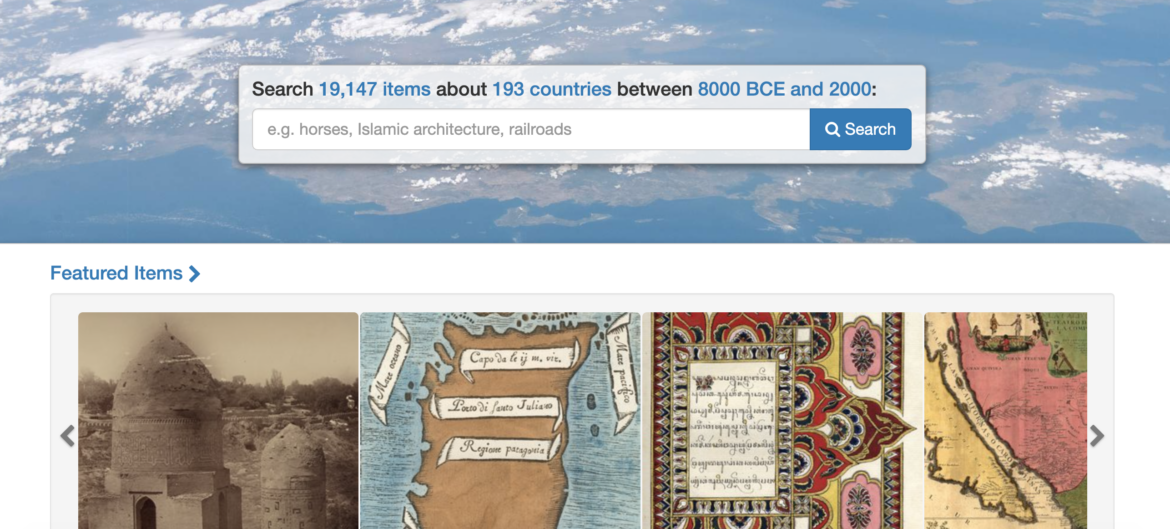This post is part of a series celebrating National Library Week. Learn more about NLW events, activities, and resources here.
In the Information Age, conducting research has its benefits and drawbacks. For example, the sheer amount of digital and digitized information, primary sources, and texts gives students conducting guided or independent research plenty of options for sources of good information. At the same time, this massive amount of sources and data can be overwhelming or even out-of-date or inaccurate.
Do you wish your students had a central place to explore historic documents, objects, and more for their research? Well, wish no more; The World Digital Library can help.
In this post, we’ll define this archival project and look into ways it can be used to pump up research and build critical thinking, reading, and writing skills.
About the World Digital Library
The object of the WDL project is simple: to gather and share information digitally across cultures. As the Librarianship Studies & Information Technology blog describes it:
The WDL makes it possible to discover, study, and enjoy cultural treasures and significant historical documents on one site, in a variety of ways. Content on the WDL includes books, manuscripts, maps, newspapers, journals, prints and photographs, sound recordings, and films.
“World Digital Library.” Librarianship Studies & Information Technology. April 19, 2020
The project came together in 2009 with the help of the Library of Congress, which runs it, and UNESCO, the UN Educational Scientific and Cultural Organization with contributions from libraries, archives, museums, and other cultural institutions from around the globe.
You can probably imagine how useful such a resource could be for educators and librarians of all types. What kind of resources could you find to make your teaching more engaging, effective, or simply more interesting? Let’s take a look at what’s available and how you can use it.
Supporting Student Research
Because of its rich repository of primary sources documents, art, and more, the WDL is a powerful resource for students learning how to conduct research projects. And it supports many types of media that represent “cultural treasures and significant historical documents.” These include:
- Books
- Manuscripts
- Maps
- Newspapers
- Journals
- Prints and photographs
- Sound recordings
- Films
That means you have a number of ways students can find engaging primary and secondary sources for their research projects, whether they are papers, videos, podcasts, presentations, or other ways of demonstrating research.
Check out detailed suggestions for student research and tips for using the WDL in the video below featuring members of the WDL team. Can’t see the video? Click here.
In Class
In addition to providing a 24-hour, portable library for students’ independent research, it can also be a tool in the classroom for enhancing activities or instruction. Teachers can comb the archive for images, videos, and more to fill slides, create reading selections and worksheets, discover images and text for document-based questions/learning, and just about anything else you can think to do to add detail, meaning, and a little pizazz to classroom presentations and work.
You can check out WDL tips for teachers here. How would you use such a vast collection of art, history, and culture in your classroom? Share your ideas in the comments.

